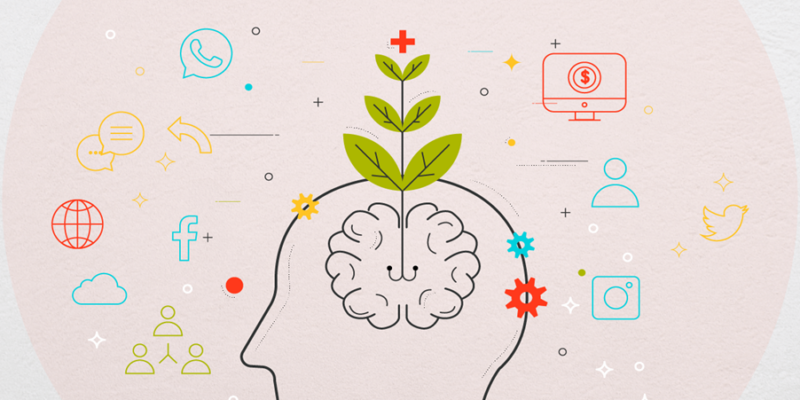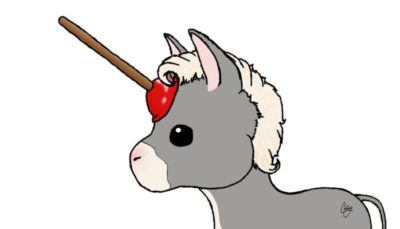How to change behaviour
By the time one becomes an adult, habits are formed and they continue to build, and it is hard to budge the stubbornness in us all. Every new year, the resolutions come out, often the same as the last—lose weight, avoid stress, recycle more responsibly, save money, travel and prosper. Then as the year proceeds, we are back to our old ways.
It is has been so interesting to observe the adoption of psychology principals in business strategy and amongst marketers (traditional and digital). And, a greater focus on driving action rather than aimlessly hoping that the marketing will build propensity to buy and hopefully, one day, hopefully, maybe, hopefully, they might actually encourage new customers to buy. However, unfortunately, even with the best intentions, the old rules of changing behaviour are still applied often with minimal success.
Some businesses still run ads with significant budgets, that have limited or ‘no measurable impact’ on behaviour change. While good intentioned, the ads don’t translate to impact in the short, medium nor long term.
There are lessons in behavioural psychology and behavioural economics for social and commercial enterprises in impacting change. Where behavioural psychology has a focus on shifting attitudes, with the ultimate aim of moving behaviour, behavioural economics is more impatient and focuses on how to influence change TODAY.
Behavioural psychology
In the traditional behavioural psychology framework, the audience moves from …
- Precontemplation where they are not even thinking about the behaviour (e.g. mobile phone usage while driving or buying product X); to
- Contemplation driven by marketing and other activity encouraging the audience to ambivalently start thinking “perhaps I should change?”; to
- Preparation to act following a balancing of the pros and cons and risk-reward analysis triggers a desire to change;
- The audience will then attempt action to change their behaviour; and
- The final stage is maintenance of the desirable positive behaviour.
However, there are challenges along the path.
- Ensuring that the apathetic audience actually cares enough about their behaviour to move from precontemplation to contemplation. From studies I’ve been involved with, while a strong marketing campaign may gain strong recall and even message take-out quite rapidly, attitudes will likely change much slower, if at all, and behaviours are even more difficult and slow to shift.
- Even with acknowledgement that behaviour change may be worthwhile, there is generally strong resistance to move from comtemplation to preparation and action. There are many barriers and excuses that occur at this stage, from “I’m Okay” to “I’ll do it another day” or “it is too hard.”
- The final and perhaps most significant barrier for behaviour change is maintaining the new behaviour. The motivations (or ease) of the old behaviour outweigh the new behaviour. Accordingly, human nature is to revert back to old and comfortable behaviours or cycle between contemplation and action even with a strong desire to change.
Behavioural psychology makes some assumption that humans are rational and that a solid marketing and education strategy as to why it is worth changing behaviour will ultimately drive change.
A very rational argument is made that …
“Individuals, groups and organisations are assumed to act rationally, have multiple desirable ends in sight, limited resources to obtain these ends, a set of stable preferences, a definite overall guiding objective, and the capability of making a choice.”
Behavioural economics
Behavioural economics has a focus on driving action at the forefront of the strategy, and ensuring there is a strong focus on reinforcing such behaviour. Rather than attempting to educate the audience as to why a new behaviour would be beneficial over the current, behaviour economics does not assume that the audience is rational and will determine other strategies.
A strategy based on behavioural economics principals may have the following considerations as to what influences human behaviour change.
- Messenger: We are heavily influenced by who communicates information.
- Incentives: Our response to incentives are shaped by predictable mental shortcuts such as strongly avoiding losses.
- Norms: We are strongly influenced by what others do.
- Defaults: We ‘go with the flow’ of pre-set options.
- Salience: Our attention is drawn to what is novel and seems relevant to us.
- Priming: Our acts are often influenced by sub-conscious cues.
- Affect: Our emotional associations can powerfully shape our actions.
- Commitments: We seek to be consistent with our public promises, and reciprocate acts.
- Ego: We act in ways that make us feel better about ourselves.
Heuristics help explain why we make irrational decisions on a day to day basis. They are experience-based techniques for problem solving, learning and discovery. People often make decisions based on approximate ‘rules of thumb’ and ‘mental shortcuts’ rather than being totally rational.
Rather than a bank spending passive budgets aimlessly hoping that the advertising hits potential first home buyers, building brand awareness, and assuming that this will increase contemplation that “perhaps I should change?” They will understand human behaviour and challenges and use this to identify triggers and focus on early interventions (e.g. encouraging first home buyers to visit sooner rather than later) and strategies such as incentives to contact the bank ‘today’ such as easy registering for special deals and/or gamification strategies.
The answer to how to change behaviour is likely a combination of behavioural psychology (BP) and behavioural economics (BE) principles. BP is worthwhile from a medium to longer term perspective — building brand awareness, reputation and propensity to buy. BE is worthwhile in driving and maintaining action in the short-term and making corresponding shifts in attitudes.
For example, rather than the advertising campaign focused only on brand building and increasing propensity to buy over time, incorporate a strategic pillars built on behavioural economics heuristics.
More comprehensive article with related links published – here.




